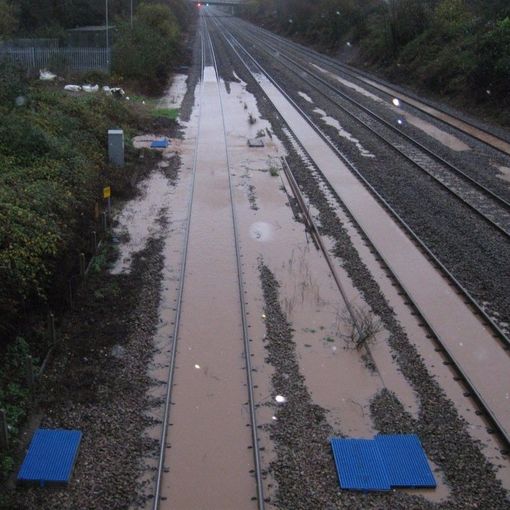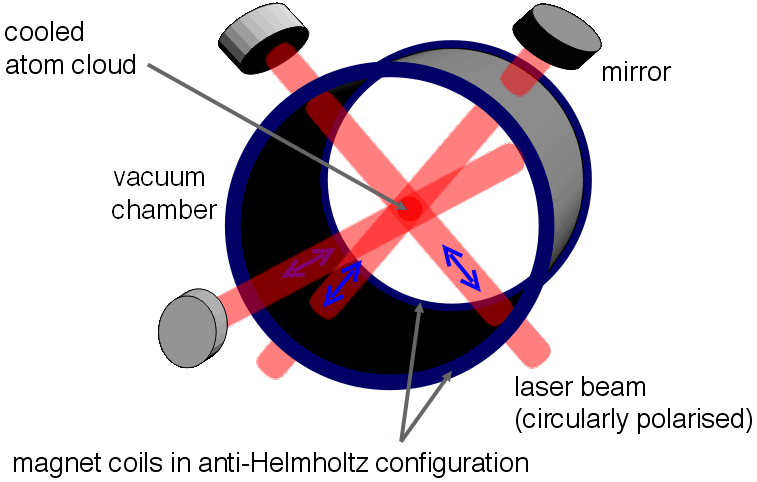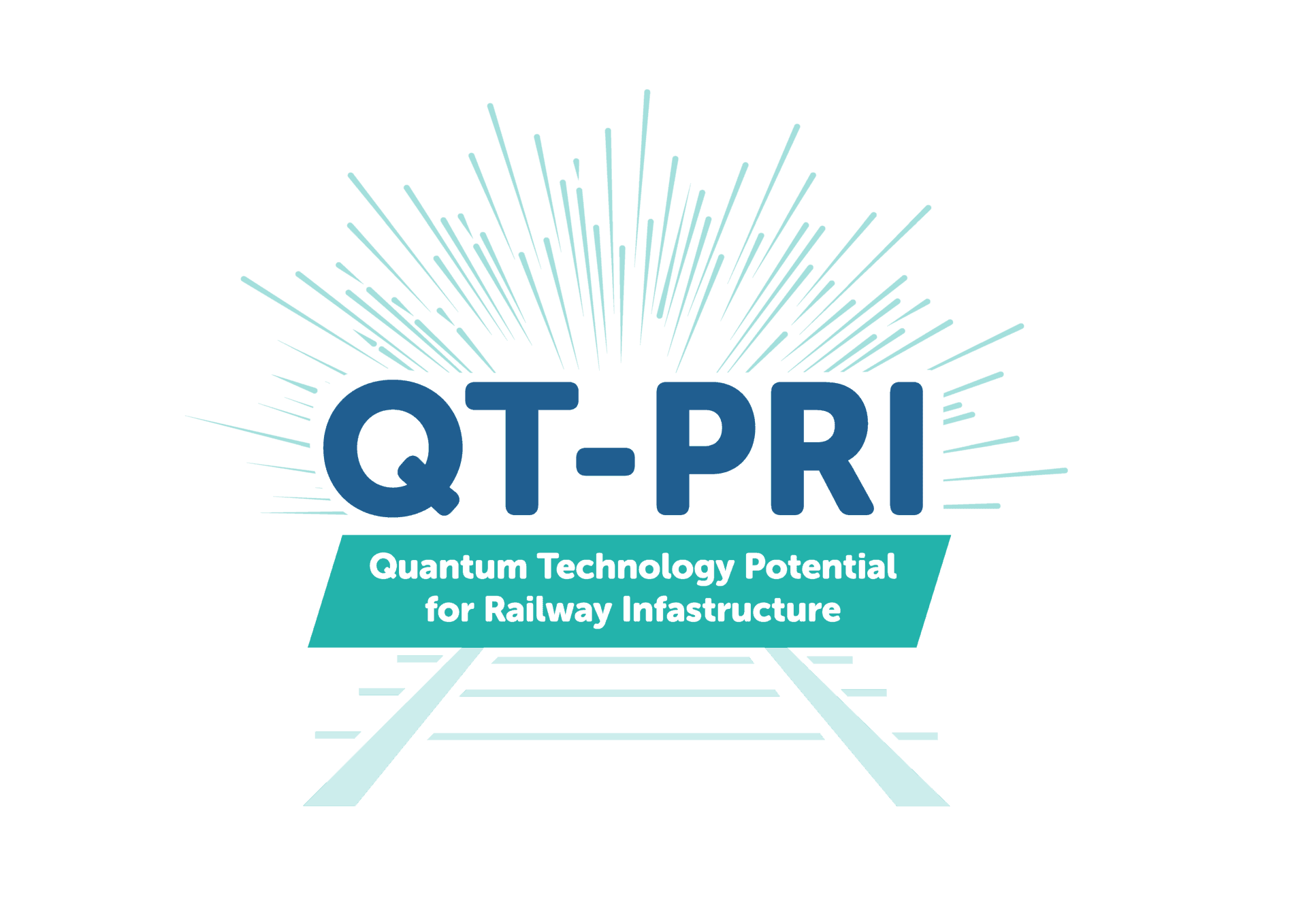
Quantum Technology Gravity Sensors
Quantum theory is the science of the very small; it explains the behaviour of matter and its interactions with energy on the scale of atoms and sub-atomic particles. Harnessing the properties that are present at this level, we can achieve things that traditional technologies cannot.
The Quantum Technology Hub for Sensors and Metrology at the University of Birmingham is developing smaller, cheaper, more accurate and energy efficient components for a new range of previously impossible devices and systems. In the future, this technology will be able to do things like improve the management of infrastructure below ground, by identifying assets below ground and target areas that may need remediation; which is, fundamentally, what the QT-PRI project is all about. The gravity sensors have the potential to improve seeing what is underground without having to cause any delays or disruptions on the rail network throughout the UK.

